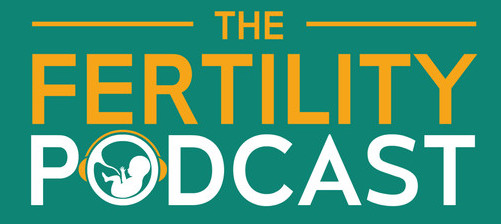IVF Success Results From Around Europe
More people than ever are travelling throughout Europe for all types of medical treatment. According to UK Government figures, 63 000 people will travel abroad for treatment, with dentistry the most sought after procedure. The number of people going abroad for fertility treatment from Britain is unknown but certainly there are a growing number of IVF clinics opening up in many Eastern European countries. This seems to indicate a rising interest in people seeking fertility treatment abroad.
Regulation and safety and regulation are top priorities for any of us who travel abroad for whatever treatment we require. For people travelling abroad for fertility treatment, added to these priorities are success rates of the clinics. But how can we be sure of what we are being told by clinics? In the UK there is mandatory reporting of IVF results from every clinic and this is managed by the Human Fertilisation and Embryology Authority (HFEA). But in the rest of Europe it is a bit of mixed bag. There are some countries who have registries set up where it is mandatory to submit results (Czech Republic, UK) and others where it is voluntary to submit results and a large proportion do so – but it is not the case for every clinic (Russia, Romania).
European Monitoring of IVF results
In Europe, the European Society of Human Reproduction and Embryology (ESHRE) has a monitoring consortium to record and report on IVF cycles throughout Europe. This has been in place for the last 15 years and is currently monitoring around 600 000 cycles a year. ESHRE send out a questionnaire to each clinic in Europe asking for details of all the cycles the clinic undertakes. This questionnaire is not mandatory; so many clinics do not return it. Countries such as Greece contribute to it but it was not submitted by all clinics. This is changing with the introduction of a regulatory body in Greece called the National Authority for Medical Assisted Reproduction (NAMAR) which will ensure reporting of IVF results. In Spain, there is a voluntary registry which is managed by the Spanish Fertility Society (SEF) but not all clinics contribute so there is also a gap in ESHRE’s data too from Spain.
Historically, countries such as Latvia and Slovakia have not participated at all. The problem has been lack of money to set up a registry or the fear that disclosing results will lead to a scenario where clinics will be selected purely based on IVF results.
ESHRE believes their data covers about 80% of all cycles in Europe which is a great help in understanding trends and the scale of IVF treatment in Europe. The best outcome would be that all clinics in Europe contribute to ESHRE’s consortium so that the efficacy and safety of particular IVF treatments can be monitored on a comprehensive scale. This will make it better and safer for all patients who are travelling abroad. For example, recently in the news there has been a lot of coverage of egg freezing and how this is becoming a very popular procedure for young women, particularly in the USA. This is still a relatively new technique if we compare it to something like traditional embryo freezing. In fact just 3 years ago it was considered “experimental” in the USA. For this type of growing trend, having comprehensive data on success and best practices would be of great benefit to patients and clinics alike.




